

What is Online Trading?
The internet made the entire process of trading on stock exchanges much easier for everyone. It gave birth to a whole new trend: online trading. For some, it became a hobby; for others, it's a full-time profession. And even though it has spread widely among, there still are many people who don't know what online trading is, why it's so popular and how everyday people can become traders.
Online Trading Definition: What Is Online Trading?
Online trading is trading in financial markets via the internet. Previously, all trading was held in an exchange building in person or by phone. Now, every trade is concluded with the help of an electronic platform.
All you need to start trading is a computer with internet access and a trading system installed.
How Online Trading Works
Online trading allows you to make trades on the financial market within minutes or seconds or even less. However, one thing still remains the same with pre-online times: a private trader still needs a broker in order to trade. A broker provides a trader with a trading platform, which is the software a trader uses to conduct their business.
It all goes like this:
- A trader decides to make a trade (for example, to purchase 100 shares of Apple).
- They find this asset (Apple stock) on the trading platform, select the quantity (100 shares or 1 lot) and place a buy order.
- The broker gets a request from the trader and starts executing the order. The broker needs to find a counterparty, i.e., another trader who's willing to buy the same asset for the same price.
- The broker looks for a counterparty on the stock exchange, and when the search is completed, the trade is made.
Nowadays, the trading platform does all the work to find a counterparty and clinch a trade. The trading process is fully automatic, which is why the time needed to make a trade is no more than a couple of seconds.
But it wasn't always like this. Previously, the whole process took a lot of time even though the "trader – broker – stock exchange – broker – trader" chain was the same. The trader used to call their broker and ask to open a trade. The broker would then personally try to find a counterparty on the stock exchange.
Leverage and Short Trading
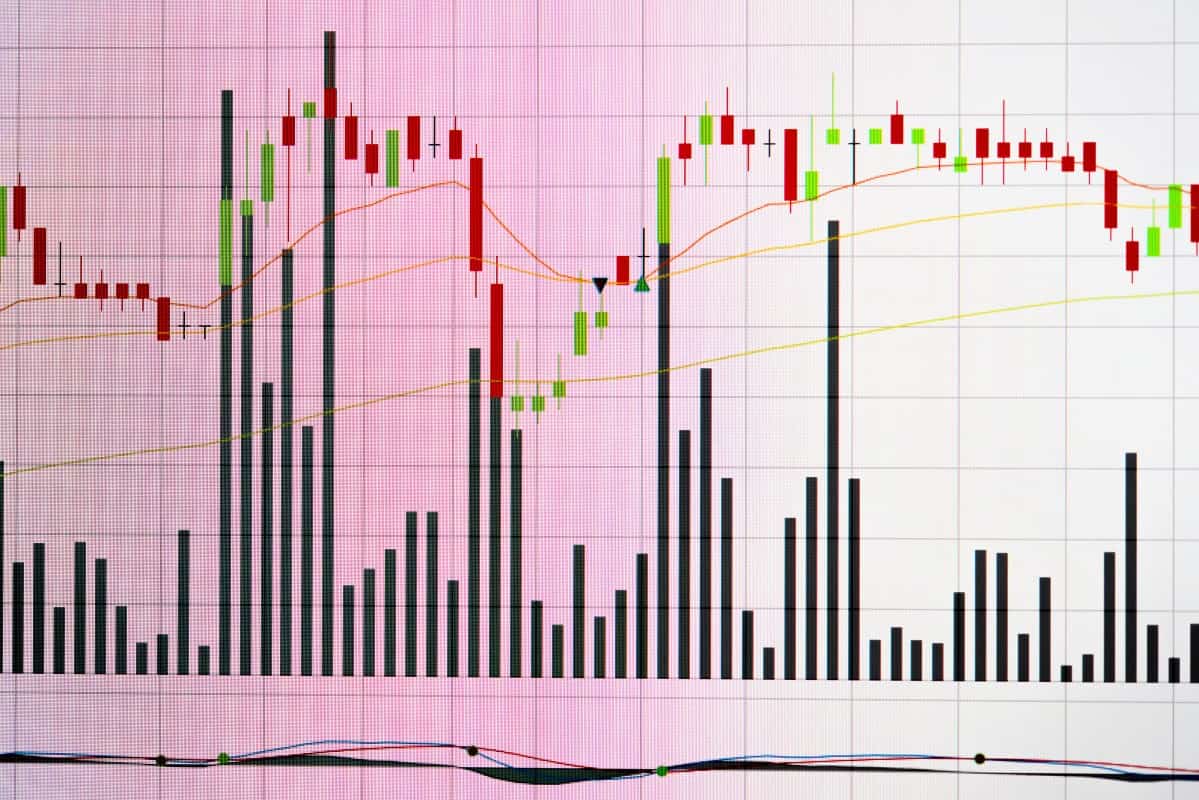
One of the most significant and important innovations that online trading has brought is the possibility to trade using leverage and short trading. Before, traders could only make trades for the amount they actually possessed and that they deposited into the broker's account.
Now, private traders can conclude trades worth 100 times more than the capital they own.
One may ask, "how is this even possible?" This is when leveragecomes into play, and the broker presents additional capital. For a better understanding, take a look at the following scheme:
- A trader wants to purchase 100,000 euros for dollars but possesses only 1000 dollars.
- A broker provides the trader with the sum necessary for the trade. At a EUR/USD exchange rate of 1.2000, that would require 120,000 dollars.
- The broker makes a trade on behalf of the trader. $1000 in his account becomes a pledge.
- If the EUR/USD rate increases, the trader gets the profit. They can close the trade when the rate reaches 1.2100, for example. In that case, the trader will receive $121.000. The broker gets $120,000 plus a fee for concluding the trade and providing the leverage. The overall profit for the trader will be $1000 minus the costs. By doing so, the trader can double the sum in their account.
- If the EUR/USD rate decreases, the trader loses money. His losses are limited by his security deposit. If the rate drops to 1.1900, the amount of working capital will decrease from $120,000 to $119,000. If this happens, the broker will have to forcibly close the trade to avoid further losses. The broker will take the remaining $119,000 dollars plus the $1000 that belongs to the trader to compensate for the loss. In this scenario, the trader can lose their entire deposit.
Thanks to leverage, it's now also possible to use the short-trading scheme. A trader can not only buy assets worth much more than his deposit but also sell assets they don't possess. For example, with only $1000 in their pocket, a trader can open a trade to sell euros (that the trader doesn't have) for dollars. In this case, the trader has to take leverage, not in USD but in EUR. The remaining part of the trade is quite the same.
Types of Assets You Can Trade Online

There are several types of assets that you can use in online trading. Some of them are categorised as 'classic', and they have been sold for hundreds of years now. Others appeared after the spread of internet trading. Let's take a closer look at each category of assets.
Stocks
Stock market shares are one of the oldest types of assets. A stock share is a specific share of a big company that is traded publicly. There are two possible roles for you when making trades in the stock market: the speculator and the investor.
- A speculator makes short-term trades. Their main goal is to buy low and sell high (or vice versa, to sell for a high price, then buy for a lower one). Speculators don't care about any other factor. The only important thing is the difference between the purchase price and the sale price.
- An investor doesn't just buy shares to sell them at a higher price. They invest money in a business that has issued the stock. A long-term investment is the highest priority for investors. The main source of income for an investor is a dividend. However, the increase in a stock's price also makes their portfolio more valuable, which is also very important in the long run.
Cryptocurrencies
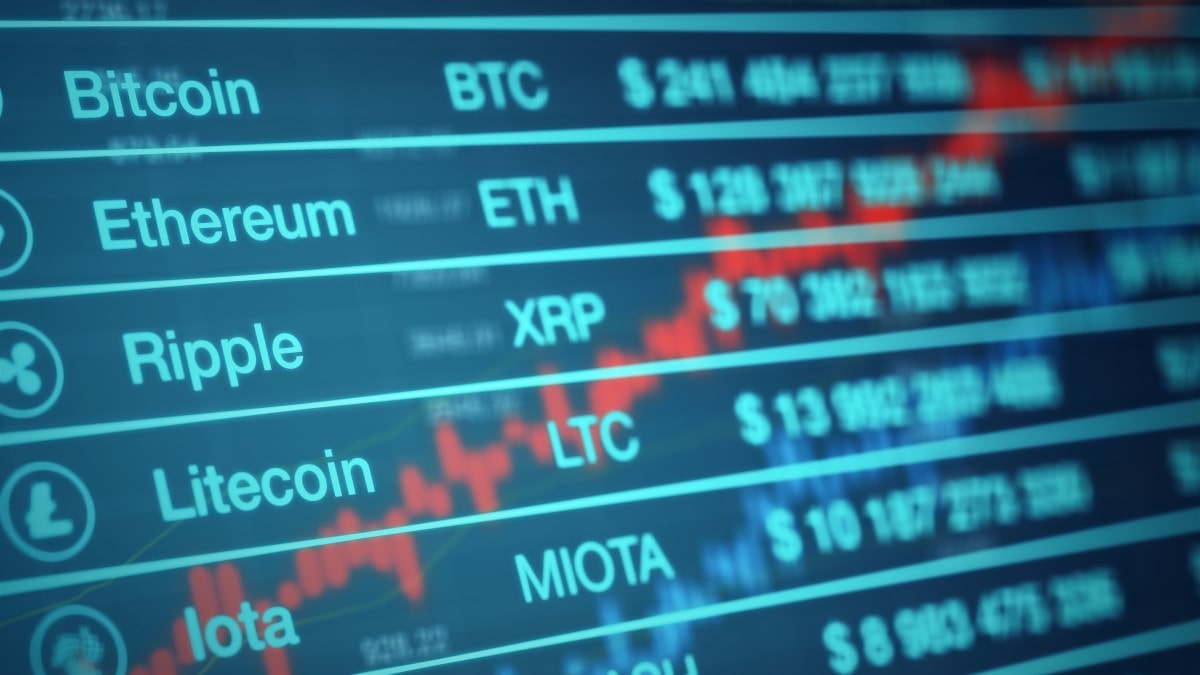
Cryptocurrenciesare the newest assets in contemporary financial markets. To find out what they are, let's dig deeper.
Cryptocurrencies are digital assets created by a complex programme code. Bitcoin was the first and most popular cryptocurrency and served as the model on which many more were created. Today, there are more than 2000 different cryptocurrencies, and the number is still growing.
Cryptocurrencies differ according to their structure, ideology and values. Some of them are just a new way of completing financial transactions and are more reliable, more confidential and faster than bank transactions (though there are certainly some cons to this approach). But some cryptocurrencies, or crypto assets, represent platforms for making different applications with advanced features or a wide variety of other interesting projects.
Because cryptocurrencies are assets, their price is constantly changing, which means that they can also be traded. Just like with stocks, one can speculate on a cryptocurrency or invest in it (because almost every cryptocurrency has a value).
The main difference between stocks and cryptocurrencies is the latter's very high volatility:
- The price of an average stock may rise by 20-30% in a year, which would be considered a very good result.
- A cryptocurrency can rise by 200-300% in a month, then fall by 20-30% in a day, and this would be considered a normal trend.
Fiat currencies
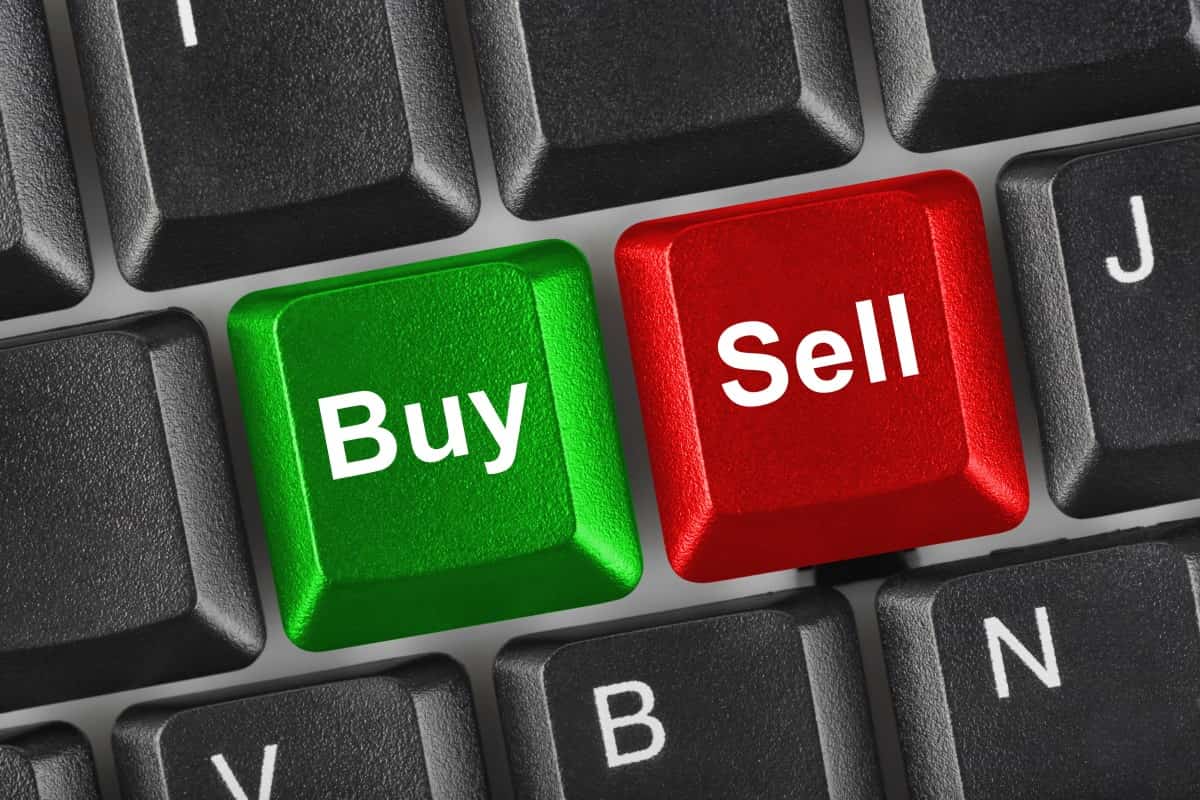
Fiat currencies are the main assets in forex trading. Currencies are commonly used in currency pairs, such as EUR/USD, GBP/USD, etc. Trading is conducted in one currency relative to another. However, for everyone's convenience, the currencies in a currency pair don't switch places. For example, if a trader wants to buy USD for GBP, they should open a trade to sell GBP/USD.
Metals
Precious and non-ferrous metals are also very popular assets. Traders choose mostly gold and silver, and many brokers also allow trading platinum on their trading system. It's possible to make trades to buy or sell copper, nickel, aluminium and other precious metals. However, not all brokers provide access to such assets.
Indices
Indices are another tool used on the stock market. An index is formed by a certain number of stocks that are generally combined in one category. For example, the Nasdaq 100 index consists of stocks from the 100 biggest high-tech companies traded on Nasdaq.
There are also many other indices: DJ 30, S&P 500, Nikkei 225, etc. Stocks in an index are often united by the fact that they're traded on the same exchange, just like the Nasdaq 100 and Nikkei 225. The figures you see after the name of the index are the number of stocks that form the index.
The index's value changes according to the price movements of the individual stocks that form it. For example, if the majority of stocks on the Nasdaq 100 rise, the index's value will increase, too. The opposite is also true: if stock prices fall, the index's value will decrease, as well.
Agriculture
The agriculture category includes such assets as wheat, soybeans, beans and more. These are not the most popular assets because their prices don't change as often as the price of gold might, for example. However, the fundamental factors that affect agriculture prices are clearer and easier than when trading currencies or gold. That is why these assets have their own dedicated audience.
Oil and Gas
Oil and gas are the assets of the energy resources category. It's as popular as assets like gold and second only to general currency pairs.
ETFs
ETFs are investment funds that are similar to stock indices. ETFs are a combination of stocks and other assets whose value changes in accordance with the price changes of their counterparts.
Types of Investments
Aside from variable assets for online trading, there are several types of investments. Each type has its own approach, and the trader has to clinch the trade differently: markets, terms and the contract period will not be the same. Let's have a look at the most common types of investments.
CFDs
CFDs (Contracts For Difference)is the equivalent of a stock that can be traded on platforms. However, traders don't buy or sell the stock itself but rather a contract. The terms of the contract define their profits or losses in accordance with the price changes for this stock.
Here's how it works:
- Trader A buys a CFD for a stock at a price of $10. Consequently, Trader B sells the CFD for a stock at a price of $10.
- The stock's price reaches $11.
- Trader A closes the CFD for a profit of $1 per share. But for Trader B, closing the CFD means a loss of $1 per share.
In the end, the traders received the same profits and losses as if they traded the actual stocks, but trading CFDs allowed them to use leverage and other advantages provided by forex brokers.
Binary Options
A binary option is a type of financial instrument where the trader has to define how the price will change within a specific amount of time.
In a standard binary option, there are only three parameters:
- The direction of a price change (up/down)
- Expiration date
- Transaction volume (rate)
The trader needs the price to change at least one point in the specified direction and hold there until the expiration date. In that case, the trader will get 80-90% of their bid, which can be pretty high. Although the risks are also high, if the price goes in the wrong direction, even by one point, the trader will lose their bid.
For example, a trader has $1000 in capital. They can open an option for EUR/USD with the following parameters:
- Direction – up
- Period – 5 minutes
- Rate – $100
If the price goes up even by one point during these five minutes, the trader will get 80-90 dollars profit (this depends on the conditions the broker set). If the price goes down, the trader will lose $100.
Futures Contract

A futures contract is a way to trade goods like oil, palladium or wheat as a document without directly exchanging goods for money. When concluding a futures contract, the seller undertakes to deliver the buyer certain goods in a certain time frame after making a trade (for example, in 3 months). However, the buyer usually doesn't need the actual commodities; they need the right to the commodities, so they can make a speculative profit from trading this product. As such, the buyer sells the futures to another trader.
Pros and Cons of CFDs and These Types of Investments
Let's take a closer look at the advantages and disadvantages of these types of investments so we can define the most profitable and promising approach to online trading.
|
Type |
Pros |
Cons |
|
CFDs |
|
|
|
Binary Options |
|
|
|
Futures contract |
|
|
As you can see, CFDs appear to be the most attractive option for online trading when traders are willing to take large risks for a potentially large profit. Moreover, contracts for the price difference are generic instruments that suit both investors and speculators.
Pros and Cons of Online Trading
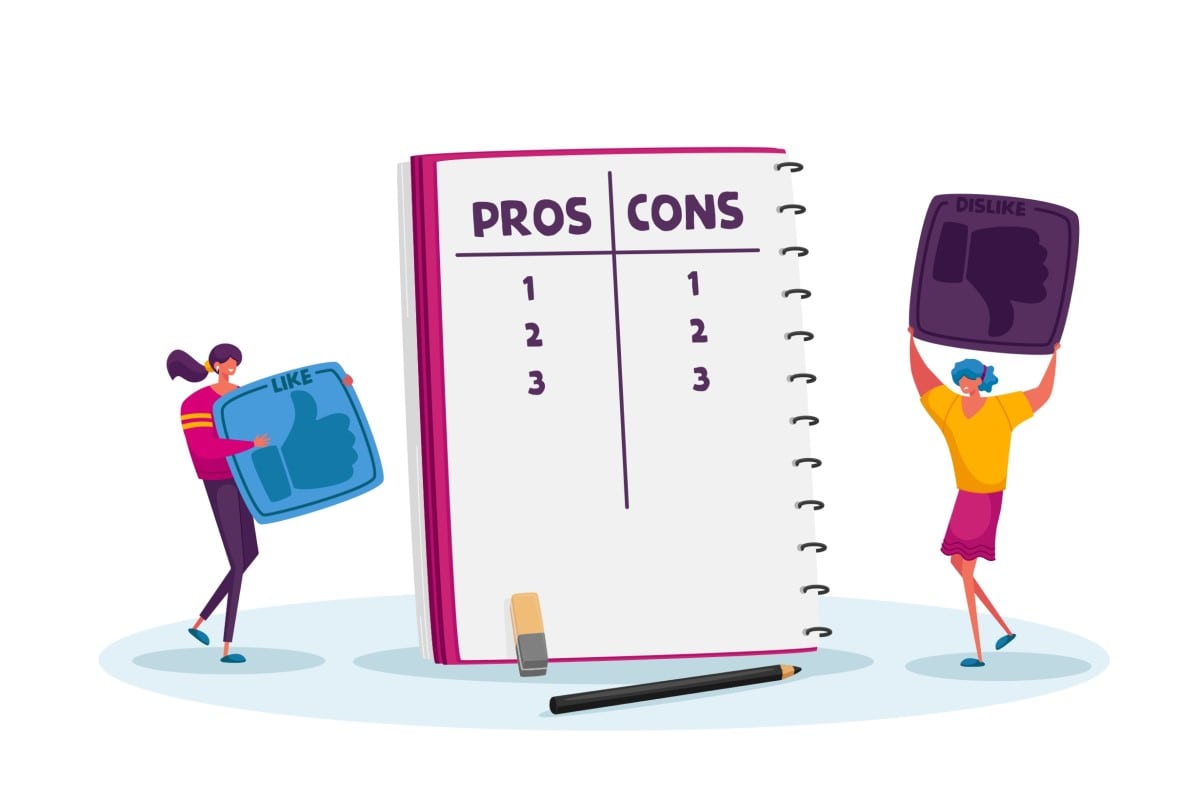
Now that we know a bit more about online trading, it's time to evaluate it objectively and state its pros and cons.
Pros of online trading:
- Potentially unlimited income
- The possibility to set your own work hours, without a strict schedule or location
- Can be combined with your main job
- This kind of work can be interesting for people who like finances, analysis, etc.
- You can start trading even without a large amount of capital
- Constant self-development and new experiences
Cons of online trading:
- the risk of losing the whole capital when trading CFDs because of the complex of the instrument (Financial risks)
- You're your own boss, and you're responsible for your own actions.
Can Anyone Become a Online Trader?
Have a lot of patience and emotional stability, be ready to be a better version of yourself and pursue your goal.
There are a lot of people who have the potential to become good traders. Unfortunately, 99% give up in the early stages.
There is no common path to success, no one-size-fits-all plan on how to make anyone a professional and thriving trader. However, there are certain steps that are compulsory for anyone interested in starting to invest or trade:
- Create an online trading plan. You've got to decide how and when you're going to trade and how much time you're prepared to spend. What are your goals? Will it be your main occupation or just a hobby?
- Set up functioning risk management. Both trading and investments require risk evaluation beforehand. Even though you start with a demo account, you have to assess the risks. Allocate for investment only the amount of money you can afford to lose. You also have to calculate the risk for each and every trade or trading session.
- Choose your trading style. A trader must have a trading strategy. That is why you have to know your methods of analysis, your market, type of assets and other nuances. You can start by using someone else's strategy, but eventually, you'll need to implement your own unique strategies to potentially make profitable trades.
- Take your first trading steps in a demo account. When you choose a strategy, try it out using a demo account. It would be wise not to switch to a real account unless your demo account is steadily gaining profits.
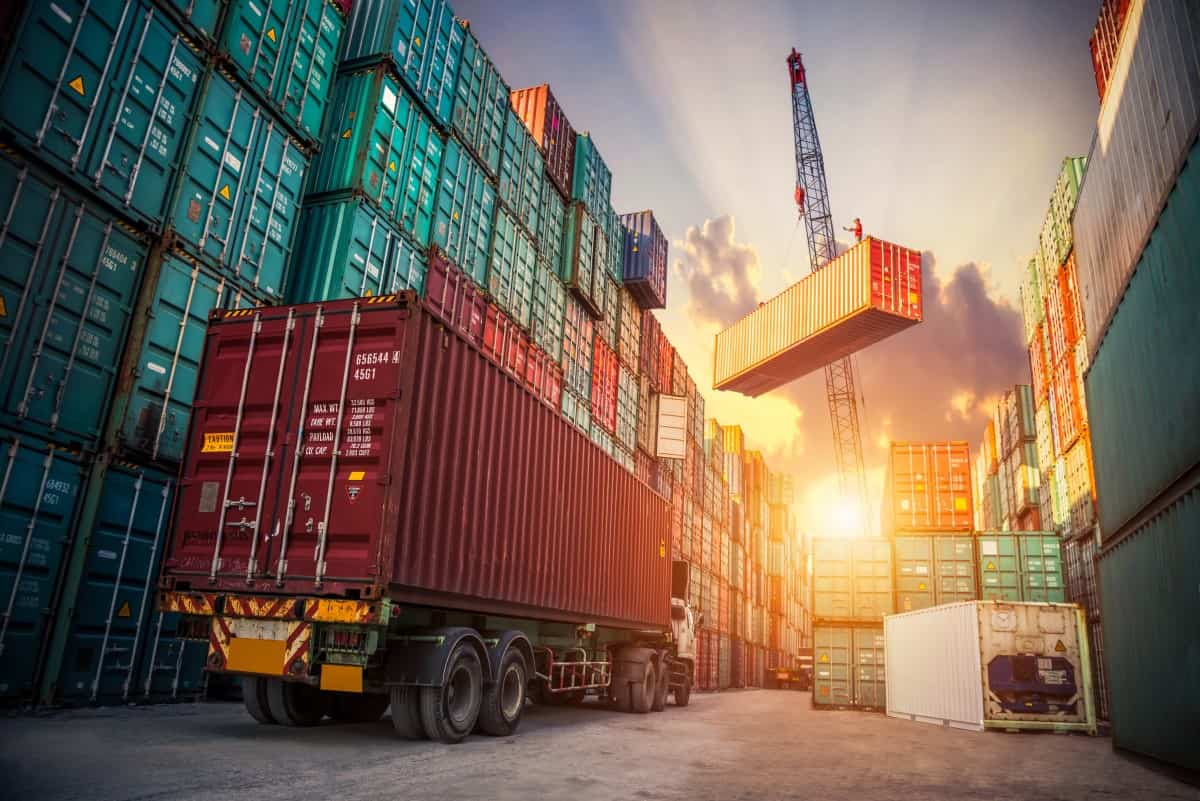
Conclusion
Online trading is an interesting and potentially promising occupation. It allows you the possibility of gaining financial independence and spending your time how you want to. It involves a lot of learning and work before you can set out to become a online trader.
Please note that trading CFDs with leverage can be risky and can lead to losing all of your invested capital.
You can open a free demo account with Libertex, an award-winning platform. Libertex is a broker which offers CFD trading on stocks, commodities, indices, ETFs and cryptocurrencies with leverage of up to 30 times for retail clients. The platform also offers free trading tutorials and state-of-the-art trading tools.
Disclaimer: The information in this article is not intended to be and does not constitute investment advice or any other form of advice or recommendation of any sort offered or endorsed by Libertex. Past performance does not guarantee future results.
Why trade with Libertex?
- Get access to a free demo account free of charge.
- Enjoy technical support from an operator 5 days a week, from 9 a.m. to 9 p.m. (Central European Standard Time).
- Use a multiplier of up to 1:30 (for retail clients).
- Operate on a platform for any device: Libertex and MetaTrader.